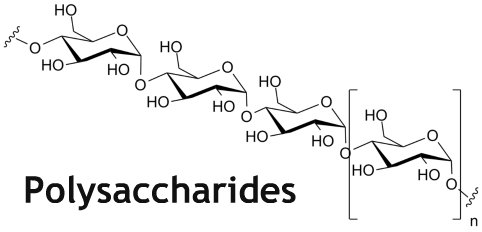
Polysaccharides are one of the most commonly mentioned herbal constituents in plants and fungi. Certain species of mushrooms, including chaga (Inonotus obliquus), contain high levels of polysaccharides and have attracted increased attention in recent years.
What are polysaccharides?
Polysaccharides are long-chain carbohydrate molecules made up of multiple monosaccharides linked by glycosidic bonds. They can range from being structurally branched to linear, but most-simply they are large carbohydrate molecules. Starch, chitin (cell walls of fungi), and glycogen are all examples of polysaccharides. They also vary in solubility.
What polysaccharides are found in chaga and what are their health benefits?
Endo-polysaccharide, hetero-polysaccharide, and homoglycan are all polysaccharides found in wild chaga which are helpful in supporting healthy cell division.* Beta-glucans are another type of polysaccharide found in chaga.
Other health benefits include antioxidant properties as well supporting a healthy function of the digestive system.* Water soluble polysaccharides support both a healthy immune response and healthy cell division.*
How can I harness the health benefits of polysaccharides in chaga?
In order to make polysaccharides in chaga active in the human body, it is important to consume extracts in different solvents. Simply eating raw chaga (or consuming chaga capsules, snacks, or chocolate) will not result in bioactive polysaccharide levels anywhere near those found in a hot-water extract (tea) or double alcohol-water extract (dual extract tincture).


 Cart
Cart